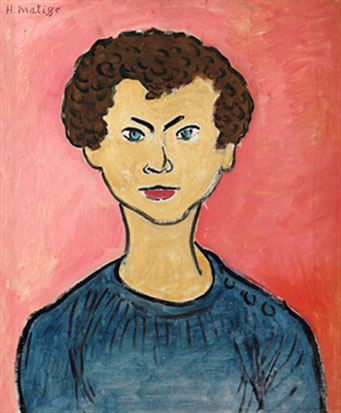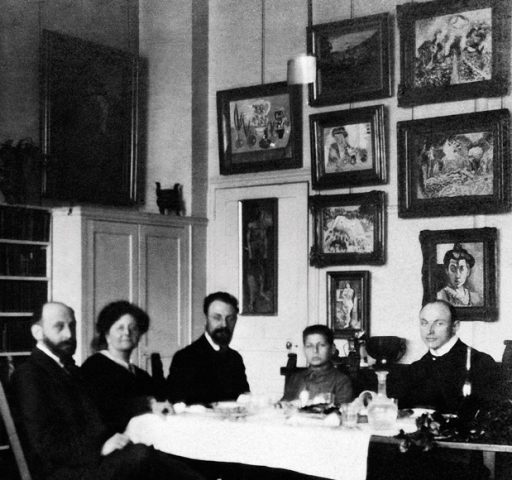 Allan Stein
Allan Stein
by Matthew Stadler
Published by Grove Press
Published December 6, 1999
Fiction
272 pgs. • Find on Amazon.com
Reviewed by Stephen O. Murray
February 28, 1999.
Although it is a text with many pleasures and many complexities, Allan Stein disappoints with a perfunctory, inconsequential ending.

The beloveds of Matthew Stadler (posing as his curator friend Herbert through most of the novel) are ciphers, if boy archetypes. It is “boyness”—not these individuals—Stadler loves (of course, one could easily say it is “womanness” or sex that most heterosexual men want rather than seeing individuals, and “maleness” not individuals most gay men want…) Stadler can and does develop characters, male (Herbert, Dennis) and female (his own mother and his Parisian quarry’s).
The adult narrator sometimes lusts after his own 14-year-old self and more often for Allan Stein, about whom he is doing desultory research, but most pantingly for Stéphane, the 15-year-old son of his Parisian hosts.
He had the first (sometimes masturbating at his mother’s door) and has the third (being aggressively throat-rammed in the shower), doesn’t find even the Picasso drawings of AS.
Does he really notice the Paris through which he tracks Allan and Stéphane? He mentions things, but the foreground is trying to get into Stéphane’s shorts (except when it is chunks of documentation about Allan Stein).

Although it is a text with many pleasures and many complexities, Allan Stein disappoints with a perfunctory, inconsequential ending. The beloveds of Matthew (posing as his curator friend Herbert through most of the novel) are ciphers. Boy archetypes. It is boyness not these individuals Matthew loves (of course, one could easily say it is womanness or sex that most heterosexual men want rather than seeing individuals, and maleness not individuals most gay men want…) Stadler can and does develop characters, male (Herbert, Dennis) and female (his own mother and his Parisian quarry’s).
The adult narrator sometimes lusts after his own 14-year-old self and for Allan Stein about whom he is doing desultory research, but most pantingly for Stéphane, the 15-year-old son of his Parisian hosts. He had the first (sometimes masturbating at his mother’s door) and has the third (being aggressively throat-rammed in the shower), doesn’t find even the Picasso drawings of AS. Does he really notice the Paris through which he tracks Allan and Stéphane? He mentions things, but the foreground is trying to get into Stéphane’s short (except when it is chunks of documentation about Allan Stein).
I don’t understand why Edmund White thinks Allan Stein is “a lot less sex-obsessed than Lolita.” I don’t recall Humbert Humbert being as interested in Lolita’s genitals as Matthew is with Stéphane’s or Dogan’s (the Turkish student he had been tutoring and was accused of molesting in Seattle and, in classic labeling-theory fashion, decides to have the game as well as the name).
Making him talk about sex was out of the question, more absurd than actually having sex with him. (209)
And for all biographers of the dead:
Part of Allan’s appeal was his complete indifference to me. I liked the way he stared and stared, neither resisting nor responding to anything. In this way the dead are doubly fascinating. While the capture of them is impossible, they are also unable to defend themselves against our efforts to try, which means that the delight of the struggle will go on forever, if that’s what one wants. (161)

28 February 1999
©1999, 2016, Stephen O. Murray

